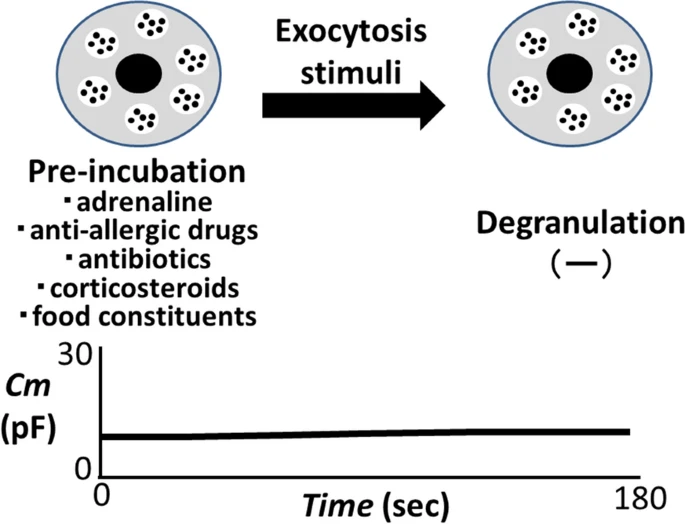- Research
- Open Access
Allergy, Asthma & Clinical Immunology 18, Article number: 16 (2022)
In the era of COVID-19, utilization of telemedicine has dramatically increased. In addition to reduced travel times, patient expenses, and work or school days missed, telemedicine allows clinicians to provide continued care while minimizing face-to-face interactions, maintaining social distancing, and limiting potential COVID-19 exposures. Clinical Immunology and Allergy (CIA), like many specialties, has adapted to incorporate telemedicine into practice. Previous studies have demonstrated similar patient satisfaction between virtual and in-person visits. However, evidence from fully publicly funded health care systems such as Canada has been limited.


